Tehran set to settle remaining issues with IAEA over two nuclear sites: Iran’s nuclear chief
Iran’s nuclear chief says the country has provided the UN nuclear watchdog with new information over its recent probe into what it terms the unexplained presence of uranium particles in certain locations in Iran and is willing to settle those issues with the agency.
Speaking after a cabinet meeting on Wednesday, Mohammad Eslami said Iran had compiled and sent “detailed answers” to the International Atomic Energy Agency over the two sites that have been subject to the agency’s probe.
“About the two remaining sites, we have sent evidence and documents to the agency. If they are not accepted, we will clarify [our position] and provide further evidence and documents,” he said.
Eslami said Iran and the agency have “continuous and constant interaction” in line with a joint statement they issued in March, which is itself based on the Nuclear Non-Proliferation Treaty (NPT) and the Safeguards Agreement.
Iran and the IAEA agreed in March to take steps aimed at facilitating enhanced cooperation and expediting the resolution of outstanding safeguards issues.
The two sides are currently in a dispute triggered by the agency’s claims of “uranium traces” found at “undeclared nuclear sites” in Iran.
Iran has strongly rejected the accusations about the existence of undeclared nuclear activities or material in Iran but voiced readiness to cooperate with the IAEA to settle disputes.
In late May, the IAEA said it had decided to close the file on traces of what is claimed to be nuclear material at one of the alleged “undetected” sites in Iran following progress in cooperation between Tehran and the nuclear watchdog.
The agency said in a confidential quarterly report on May 31 that it had decided to close off the investigation of traces of uranium allegedly found at the Marivan site in Abadeh County, the southwestern province of Fars, after receiving a "possible explanation" from the Atomic Energy Organization of Iran (AEOI).
“The agency at this time has no additional questions on the depleted uranium particles detected at Marivan ... and the matter is no longer outstanding at this stage,” the watchdog said.
The Marivan site is the first to be addressed under a work plan agreed upon by Iran and the IAEA back in March. The other two sites are in Varamin and Turquzabad, both located on the outskirts of Iran’s capital, Tehran.
The agency said in a March report to members of its Board of Governors that its inspectors suspected that Iran had worked on nuclear material at the two sites from 1999 until 2003.
The remarks come as talks over the revival of a 2015 nuclear deal putting curbs on Iran’s nuclear work in return for the removal of Western sanctions remain stalled. Tehran blames the US, arguing the country has failed to provide assurances it won’t exit the deal again, as it did in 2018.
Iran says its nuclear work is peaceful and the dispute with the West is rooted in their opposition to Iran’s scientific advancements.

Russia's President Putin ratifies bill for strategic partnership with Iran
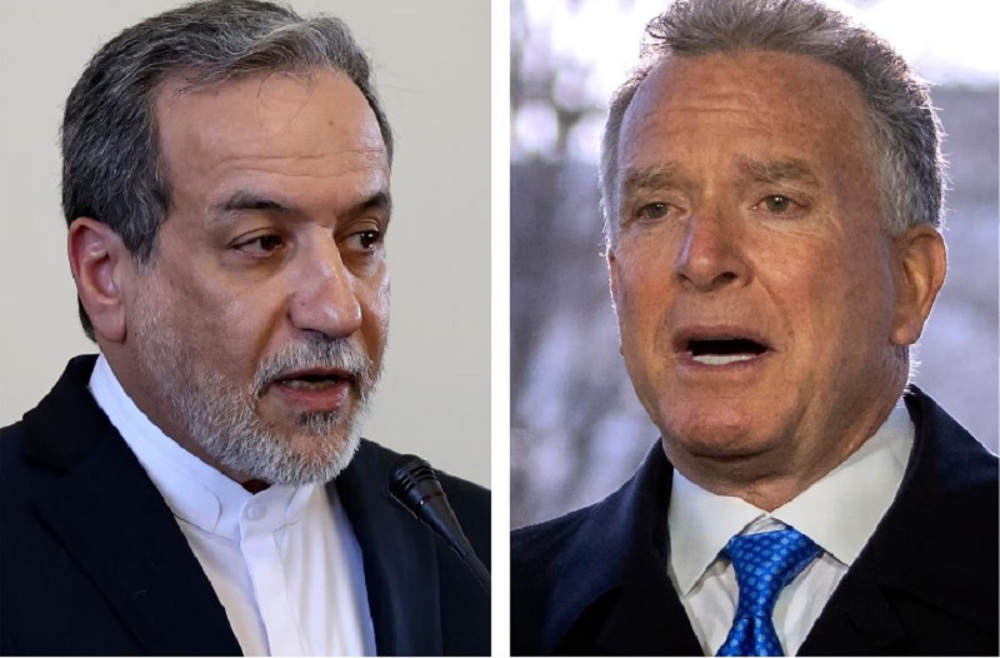
Indirect Iran-US talks proceed on 'constructive' note
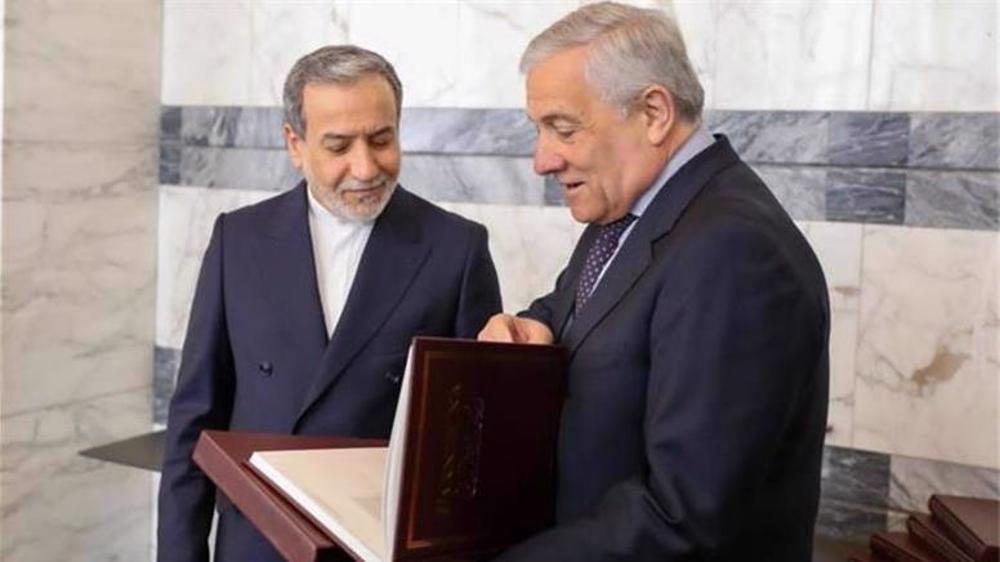
‘Rome talks made progress on principles of ‘likely deal’; optimism warranted but with great caution’
At least 65 Palestinians killed inside Israeli prisons
Iran denies US investors will be present in its trade fair
Israeli forces kill three Palestinians in intensified West Bank raids
VIDEO | Press TV's news headlines
Nearly 600 children killed in renewed Israeli assault on Gaza: UN agency
Moroccan port workers protest Maersk ship carrying F-35 parts to Israel
Iran will ‘chart its own path’ if US refuses to negotiate on ‘equal footing’: President
Iran eyes more exports to Brazil to balance bilateral trade


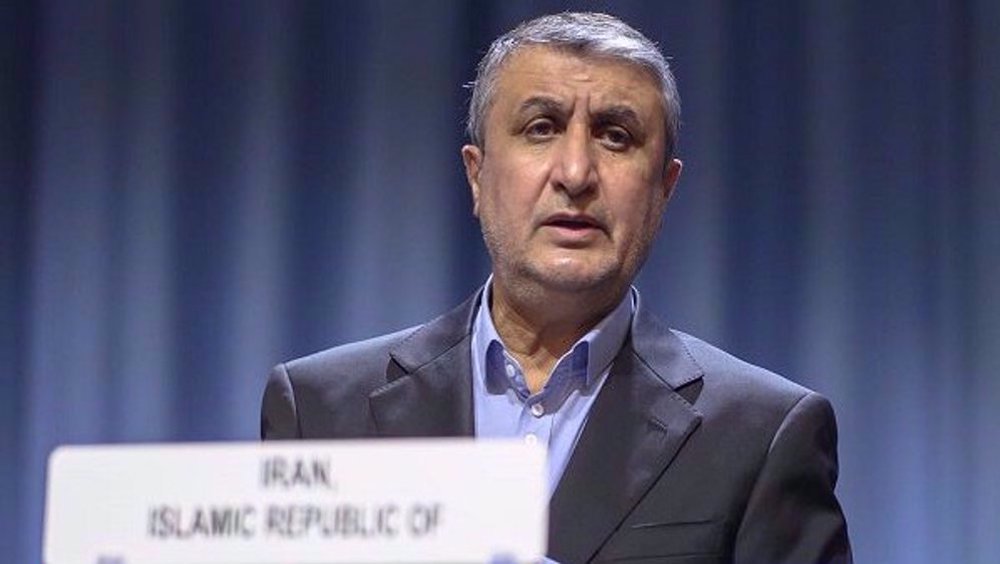
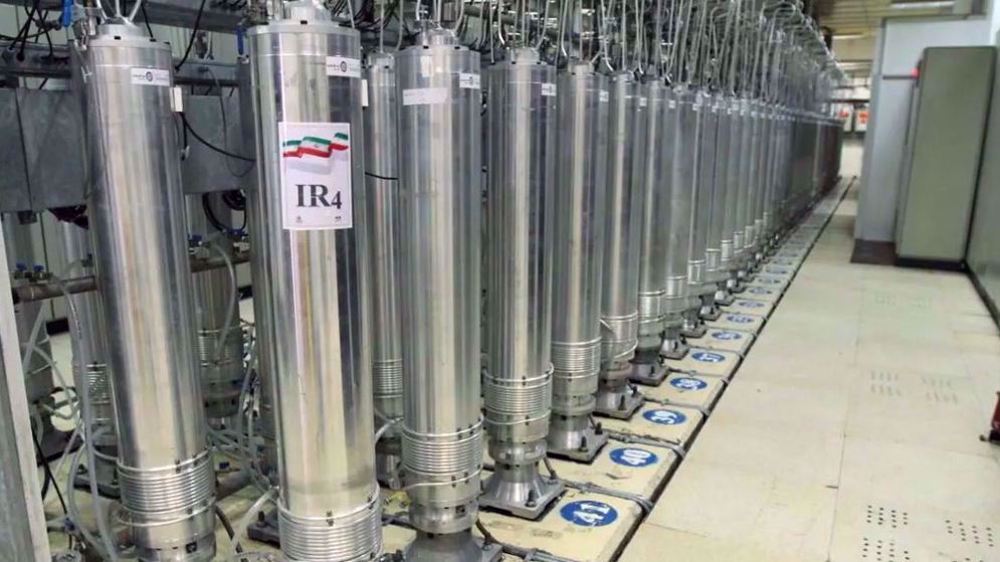



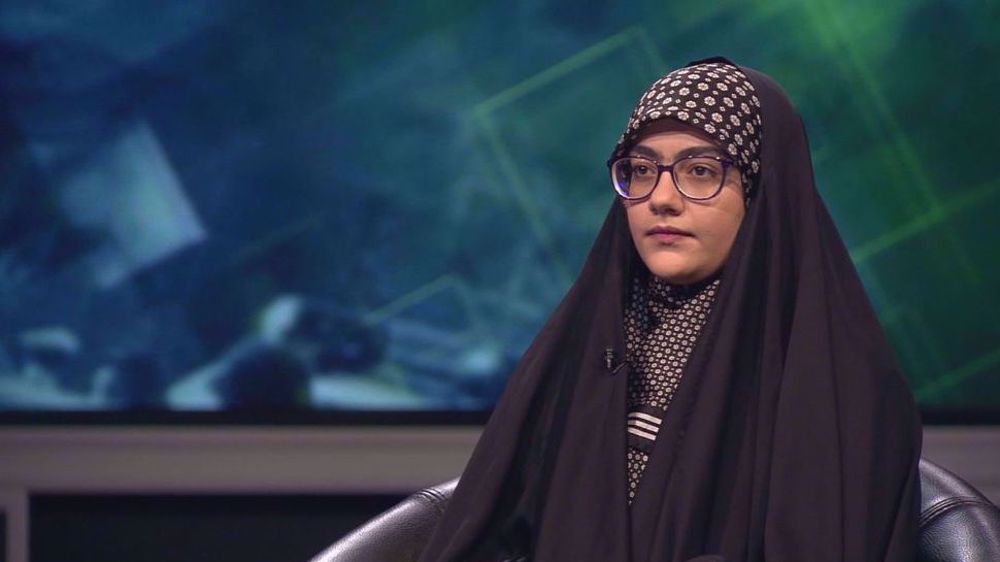

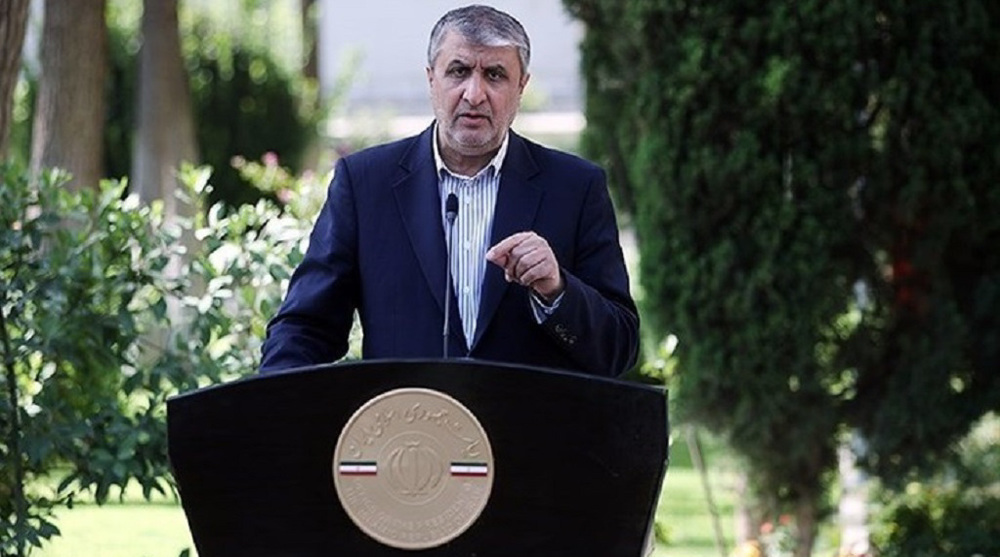
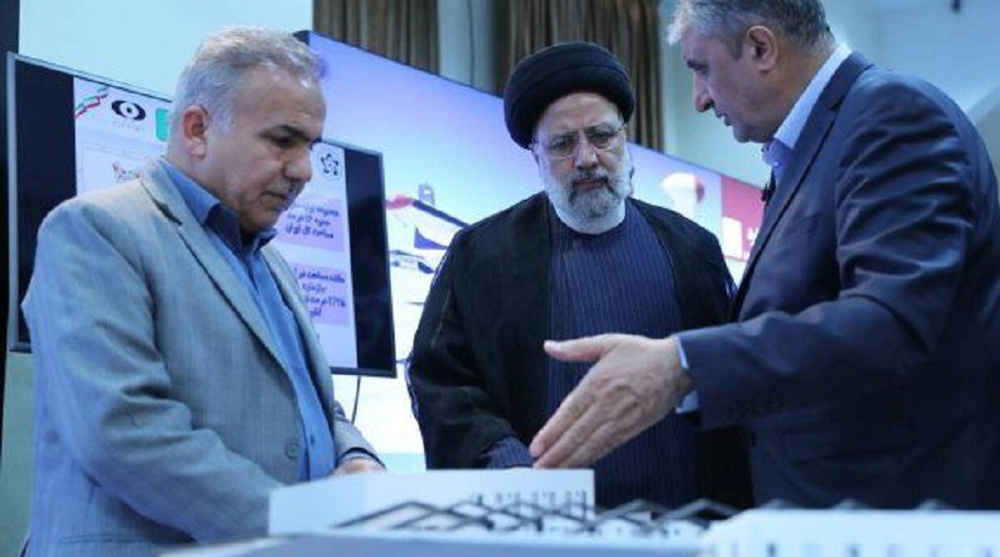

 This makes it easy to access the Press TV website
This makes it easy to access the Press TV website